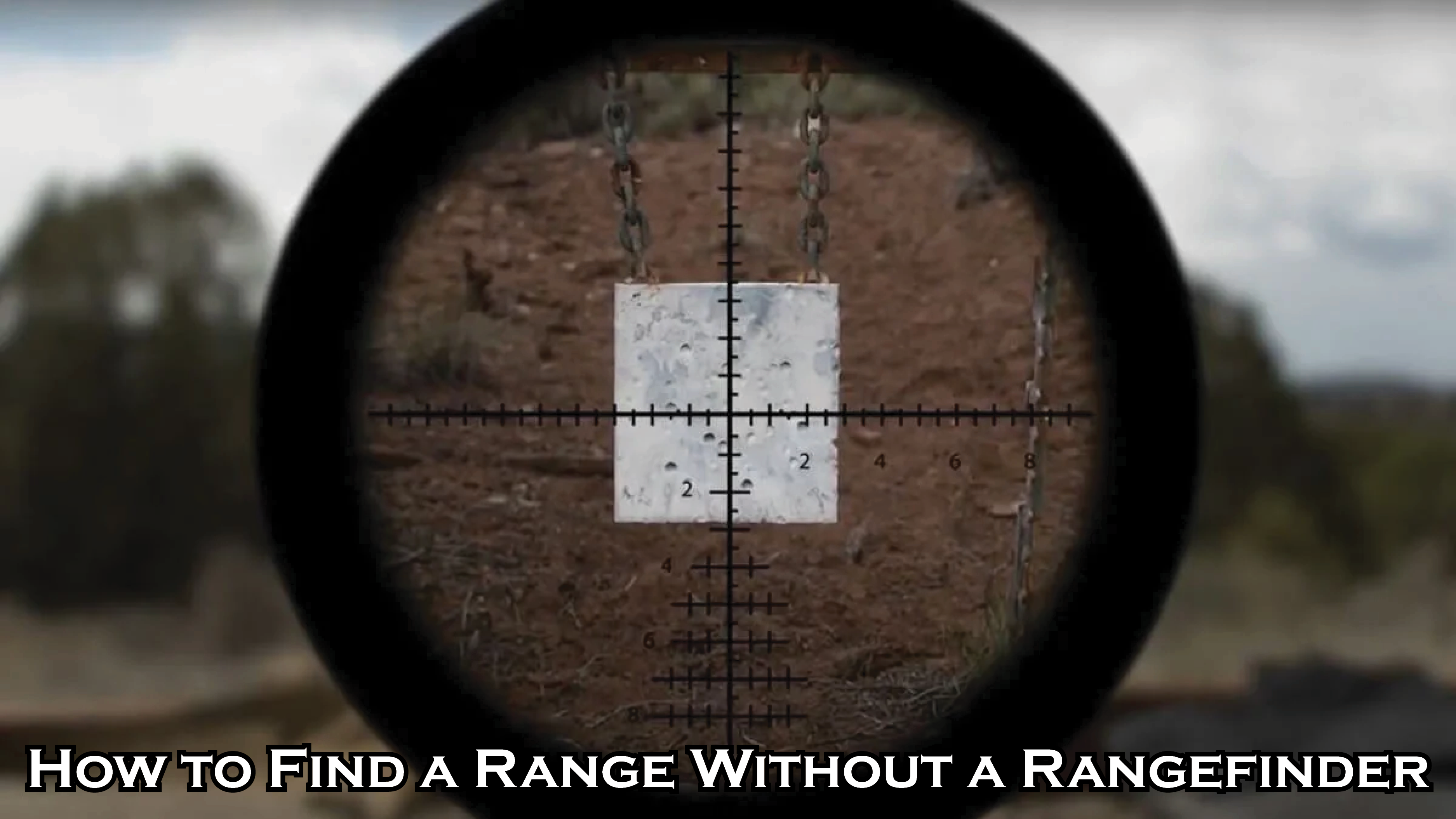The easiest way to get a range is to use a laser range finder. They’re relatively inexpensive, widely available, easy to use, and give you very accurate ranges instantaneously. But what if you’re in a situation where you cannot rely on your laser range finder or don’t have one? Gunsite Academy Range Master, Cory Trapp explains a great technique for how to find a range without a rangefinder using the reticle in your riflescope or spotting scope.
To find a range using this method, you need to know the size of your target and how to read your reticle. Refer to the owner’s manual to learn more about the reticle on your optic. There are standard formulas to calculate the distance depending on if you’re using an MOA or MRAD reticle.
Look through your riflescope or spotting scope and measure your target on your reticle. Note how many MOA or milliradians your target covers. Plug in the known size of your target and the measurement from your reticle into the appropriate formula to find the range.
If you’re not keen on doing math out in the field, there are several cheat sheets available to use or make your own table!
It’s important to remember that this method is an estimation, so you should expect some margin of error. The biggest room for error is measuring your target in your reticle. It takes practice sizing up the target, and some reticles are better suited for this function than others. Under 800 yards, using your reticle to range find will give you very shootable distances.





